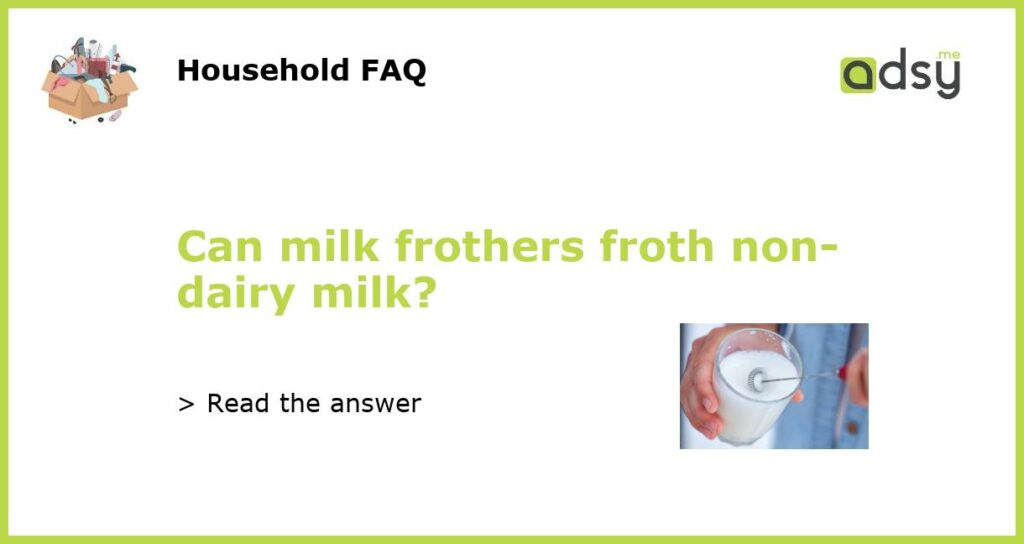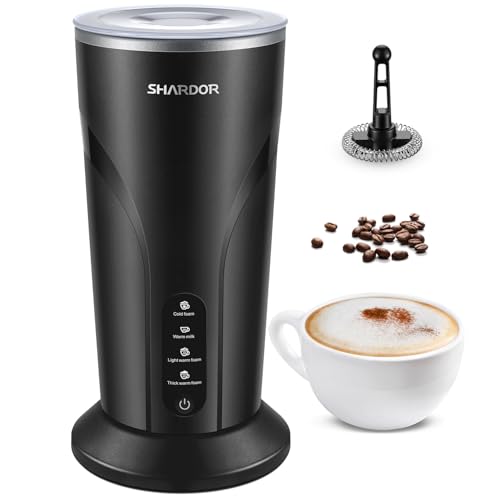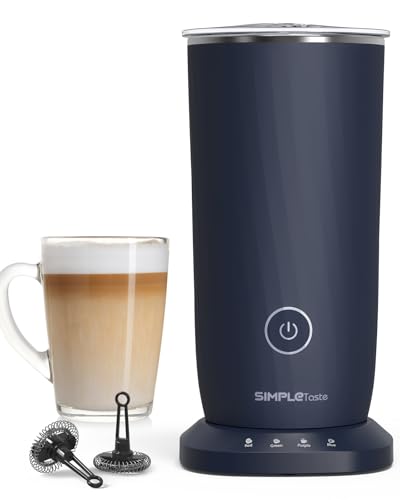Yes, Milk Frothers Can Froth Non-Dairy Milk
For those who prefer plant-based milk alternatives, it can be a challenge to find a milk frother that can foam up non-dairy milk like soy, almond, and oat milk. But fear not, because in this article, we will explain how and why milk frothers can froth non-dairy milk.
How Milk Frothers Work
Before we dive into the specifics of non-dairy milk frothing, let’s first understand how milk frothers work. Milk frothers come in two types: handheld and electric. Handheld frothers are portable and battery-operated, while electric frothers are larger and require an electrical outlet. Both types work by creating tiny bubbles in milk that give it a thick and creamy texture.
Why Non-Dairy Milk Can Be Difficult to Froth
The reason non-dairy milk can be difficult to froth is due to its lack of proteins, which play a key role in creating foam. Cow’s milk is naturally high in protein, which enables it to hold its shape when frothed. Plant-based milks, on the other hand, have less protein and a different chemical composition, which can make it challenging to achieve the same creamy consistency as cow’s milk.
Tricks for Frothing Non-Dairy Milk
That being said, there are some tricks to help froth non-dairy milk. One is to choose a non-dairy milk that is specifically formulated for frothing, such as soy or oat milk. These alternatives have a higher protein content and a creamier texture, making them ideal for frothing.
Another tip is to heat the non-dairy milk before frothing it. This helps break down the starches and makes the milk easier to foam. Additionally, adding a small amount of oil, such as coconut or almond oil, can help improve the texture and create a more stable foam.
While frothing non-dairy milk can be a challenge, it is possible with the right techniques and tools. Milk frothers can froth non-dairy milk, and by choosing the right type of milk and adding some heat and oil, you can achieve the same creamy consistency as cow’s milk.






